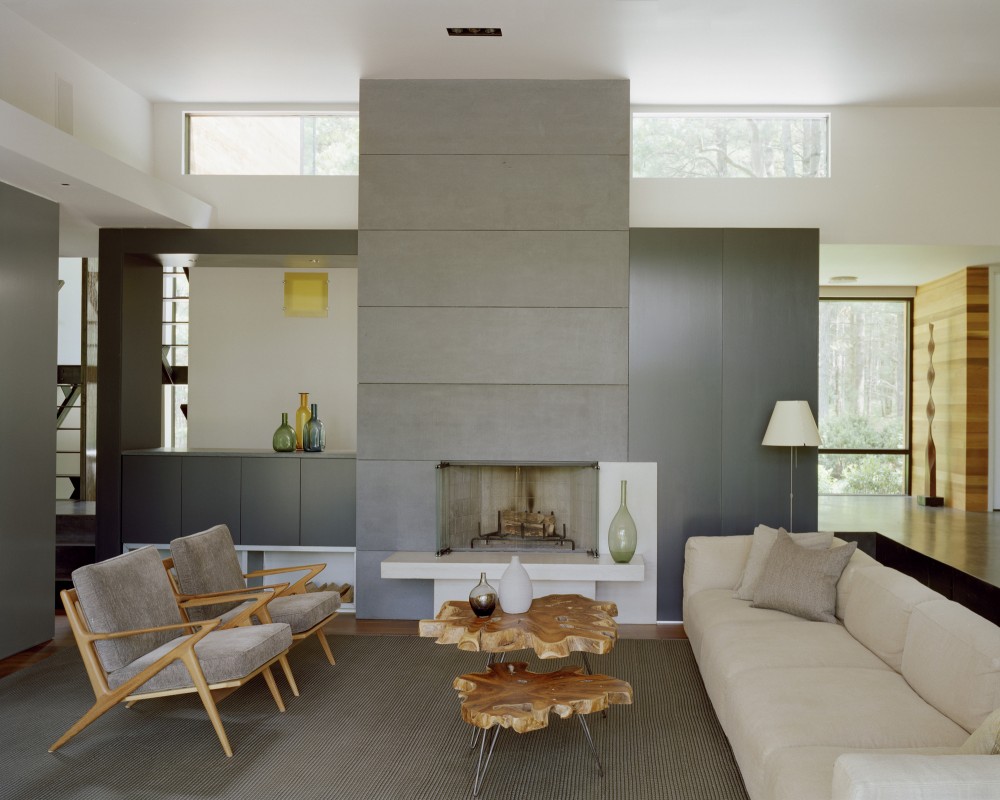moderne wohnzimmer 2013

translator: isabel pozas gonzã¡lezreviewer: alicia ferreiro so, francis and iare both classical architects, and when we tell people that, they often ask usquite familiar questions, so we've called this talk"six frequently asked questions," and i'm going to tryand answer three of them and then francis will answer the others. so, the first question, very simply, is:what is classical architecture? well, it's a kind of architecturewhich started in ancient greece and rome,
which has its own set of rules. and those rules are basedaround five different kinds of column, which are called the five orders. for about two thousand years, the five orders were the basisof all architecture. but about fifty years ago,they stopped being taught, and most architectsnow don't know much about them, and would dismiss themas being irrelevant. this is a picture of me measuringand drawing a classical building.
and it's my belief that,because it's not taught any more, the only way you can really find out aboutthe grammar and language of buildings is by measuring and drawing them yourself,and that's what i do and also what we're doing outside today. so the next question is: why is classical architecturerelevant now? architecture has always been dictatedand influenced by fashion and taste. but recently, fashions and tasteshave been moving much more quickly. the fashion at the moment
is for funny-shaped buildingsmade of glass. (laughter) and they're being built in citiesall around the world with the result that a lot of citiesare now beginning to look rather the same. but things are changing a little bit. for one thing, glass buildingsare not very sustainable. they involve a lot of energy and cost in their constructionand maintenance and use, and they don't last very long.
for another thing, people are concernedthat cities are beginning to lose their individual identities. and so for that reason, i think, a lot of people are now starting to lookat local traditions and ways of building buildingswhich are going to last longer. and we think that's whyclassical architecture is relevant now. and as an illustration, this is a photograph of a buildingwhich i designed and which was built recentlyin the middle of london.
it's built of natural stone,it has sculpture on it. it uses the classical language. but it's for a modern art gallery,and a very modern purpose. so, the last question is: would you ever design a classical airport? actually a while ago, a magazine asked me to redesign heathrow terminal 5as if it was a classical building. and i think that they were asking itas a slightly tongue-in-cheek question. but actually, when you think about it,it's maybe not that ridiculous after all.
if you think of a building likegrand central station, in new york, it's a wonderful building designedas a grand classical space, and when you arrive there, you have a tremendous senseof the place that you're arriving in. and, arguably,modern airports don't do that. and, i think that it's the powerto be uplifting which is one of the most exciting thingsabout classical architecture. hi, i'm francis. my three questions. is classical architecture appropriatefor a modern city?
well, i believe it is. i mean, particular cities, like london, have these beautifulhistoric buildings in them and a lot of architectsare just putting up, as george suggested, these rather hideous glass buildings which could be anywhere,taipei, kuala lumpur. and i get very sad to seethese sort of fragmented streets. we were called in recentlyto stitch together this small bit of classical architecturein tottemham court road,
and our building in the middle takes the same language,follows the same materials and stitches together. obviously, there are other timeswhen a modern building is appropriate. some people criticizeclassical architecture because it looks too easy,you're just copying. and i don't really see a problemwith things being good if they're easy. that's great. but i think that one of the problemswith architecture
is it's very closely alignedto painting and sculpture, where being cutting-edge and newis how you make your name. but i think that architecture should more correctlybe associated with cooking, which is a domestic art. and when you cook, you follow a recipe, and a recipe is just a form of copying and no one would deny the amountof creativity you need when you cook, because you have to interpret recipes,particularly nigella lawson's ones.
that's the example of a house. if i see a nice window, i copy it, and i just try and get itas close as i can. it's actually very difficultto copy things well. and the last question is:what's the purpose of drawing? one of the rather frustrating things about the visual creative industry,or world, is that people don't takethese traditional skills seriously. if you were to study music,and you went to a music school,
you would learn to playthe piano beautifully, irrespective of whether you went onto play schopenhauer or ac/dc or whatever you taste is. but with architecture and arts, you're not taught to draw wellat architecture. at school, they don't value it. and i think our drawing is an attemptto breathe new life into drawing, which both me and georgethink is an incredibly important skill, and i hope that we can transfersome of that passion to you.